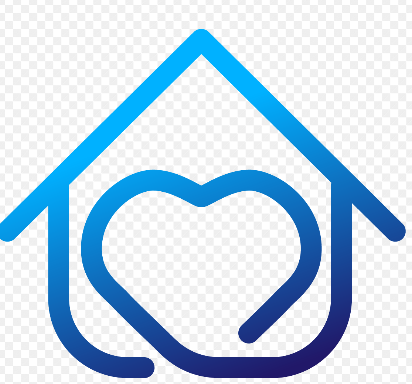Telemedicine for Pediatric Healthcare: Remote Patient Monitoring
In today’s digital age, telemedicine has revolutionized the way healthcare services are delivered, especially in the field of pediatric care. With the advancements in communication technology and the availability of high-speed internet connections, parents can now access quality medical advice and consultations for their children without having to visit a physical clinic. This has been made possible through telemedicine, a system that allows healthcare providers to remotely diagnose and treat patients using video calls, messaging, and other online tools.
One aspect of telemedicine that has been particularly beneficial in pediatric healthcare is remote patient monitoring. Remote patient monitoring involves the use of technology to monitor patients’ health conditions and vital signs from a distance. This is especially useful for children with chronic conditions such as asthma, diabetes, or heart disease, as it allows healthcare providers to keep track of their health status without the need for frequent in-person visits.
For example, a child with asthma can use a smart inhaler that connects to a mobile app, which tracks their medication usage and sends alerts to healthcare providers if there are any changes in their symptoms. Similarly, children with diabetes can use a continuous glucose monitor that automatically sends their blood sugar levels to their doctors, enabling them to adjust their treatment plans accordingly.
Remote patient monitoring has also been valuable during the ongoing COVID-19 pandemic, as it has allowed pediatricians to continue providing care to their young patients while minimizing the risk of exposure to the virus. By monitoring children’s health remotely, healthcare providers can identify any issues early on and intervene before they escalate, ultimately improving the overall quality of care and reducing hospitalizations.
In addition to chronic conditions, remote patient monitoring can also be used for preventive care and early detection of developmental delays in children. For example, wearable devices that track a child’s activity levels and sleep patterns can help identify issues such as obesity or sleep disorders at an early stage, allowing for timely intervention and treatment.
Despite its many benefits, remote patient monitoring in pediatric healthcare does come with its challenges. One of the main concerns is ensuring the security and privacy of patients’ data, especially when it comes to children. Healthcare providers must comply with strict guidelines and regulations to protect sensitive information and ensure that it is not misused or disclosed without consent.
Overall, telemedicine and remote patient monitoring have the potential to revolutionize pediatric healthcare by providing convenient and cost-effective solutions for parents and healthcare providers. By leveraging technology to monitor children’s health remotely, pediatricians can deliver better care and improve outcomes for their young patients. As technology continues to advance, we can expect to see even more innovative solutions that will further enhance pediatric healthcare through telemedicine and remote patient monitoring.
************
Want to get more details?
Remote Care Today
https://www.remotecaretoday.com/
800-480-3344
608 Melvin Ave Suite 102 Annapolis MD 21401
Remote Care Today
https://www.remotecaretoday.com/
800-480-3344
608 Melvin Ave Suite 102 Annapolis MD 21401
We offers a physician the most advanced Virtual Care System that results in patient care being significantly increased, improved wellness, and a reduction in hospitalizations.
Our virtual care programs are a full turnkey solution for CCM, RTM, RPM, BHI, Cardiac & Pulmonary Rehab – We take the on the logistics of devices, monitoring, alerts, escalations, and the Superbill. There is no need for your team to take up resources and time to launch your program with us. We do it all and you get paid. Better yet, your patients get white glove care from your office and remotely without adding extra cost.












